When it comes to elevator performance, few components are as critical — and often overlooked — as the encoder. This small device plays a big role in ensuring smooth acceleration, accurate leveling, and safe operation. A poorly chosen encoder can lead to positioning errors, inconsistent ride quality, or even sudden system shutdowns. For elevator maintenance professionals like us, understanding how to select the right elevator encoder is not just technical know-how — it’s essential for safety, efficiency, and long-term performance.
Let’s walk through the key things to consider when choosing an elevator encoder that meets both the system’s needs and real-world maintenance challenges.
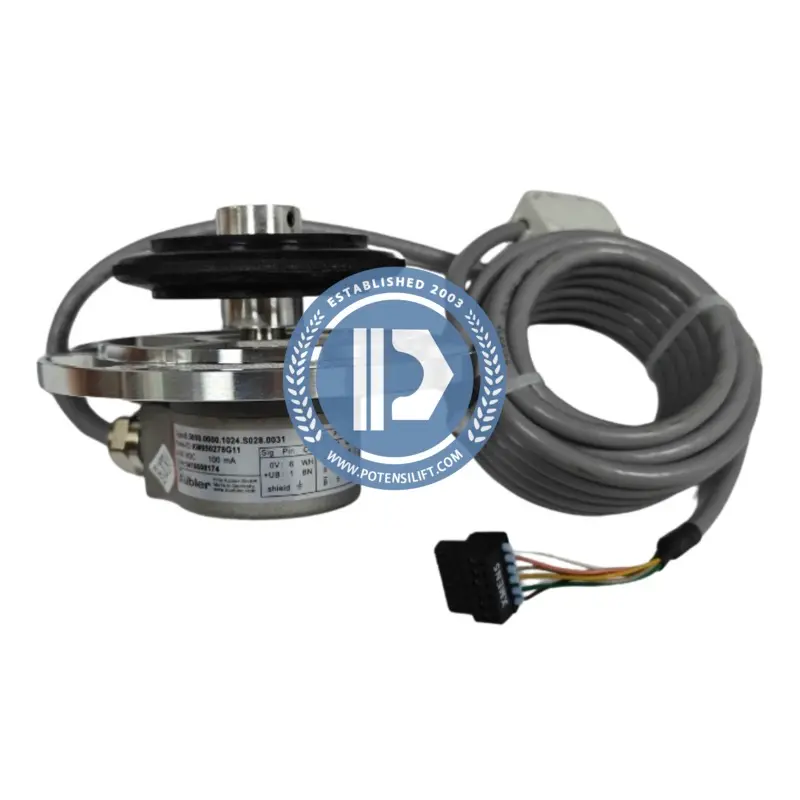
The first step is understanding the types of encoders and which signal formats your control system supports.
Getting this part right avoids signal mismatch issues that can cause communication errors or motion faults.
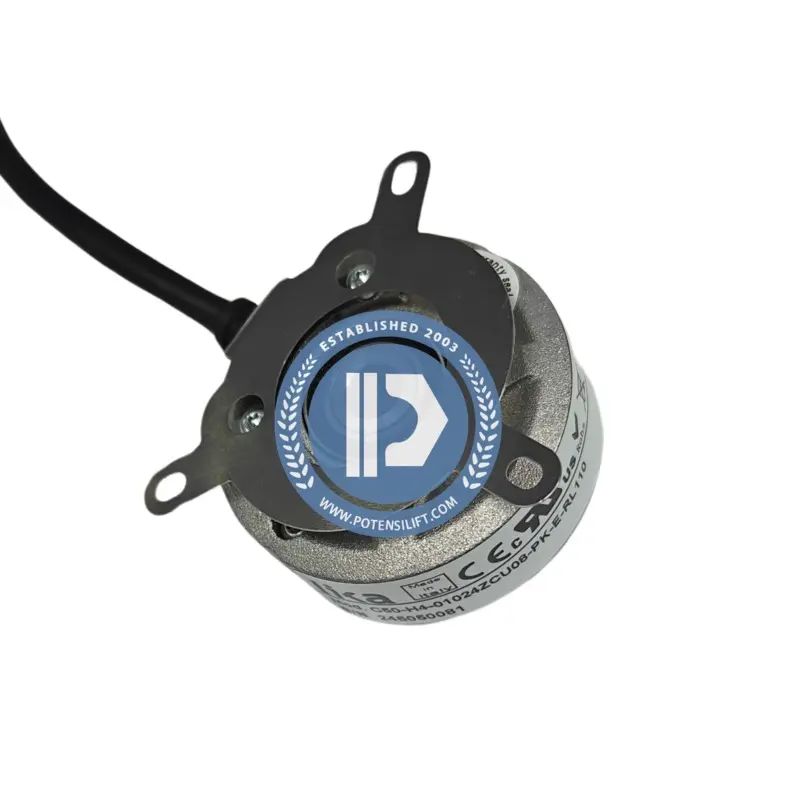
Next, look at how the encoder physically fits into your elevator system.
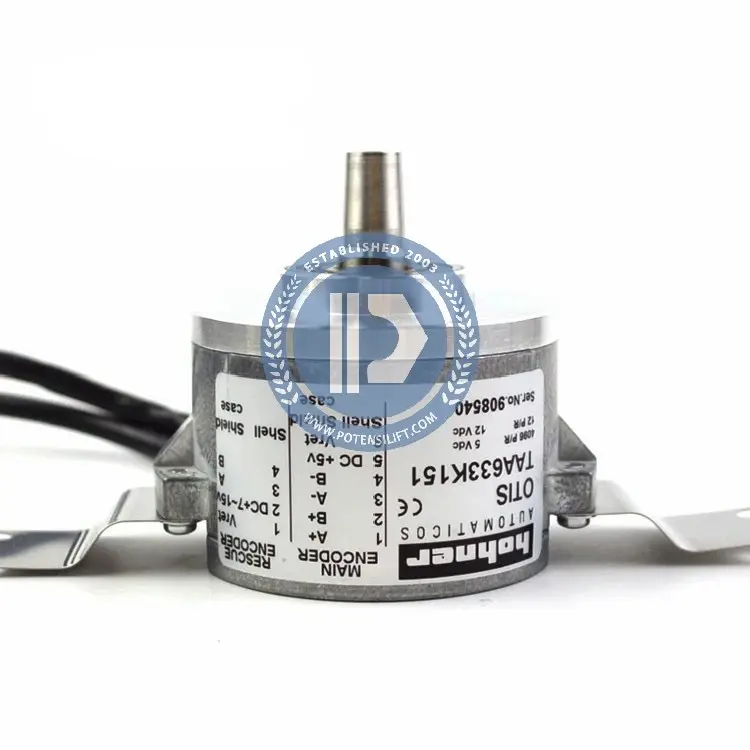
Elevator environments can be tough on electronics. Here are a few things to watch for:
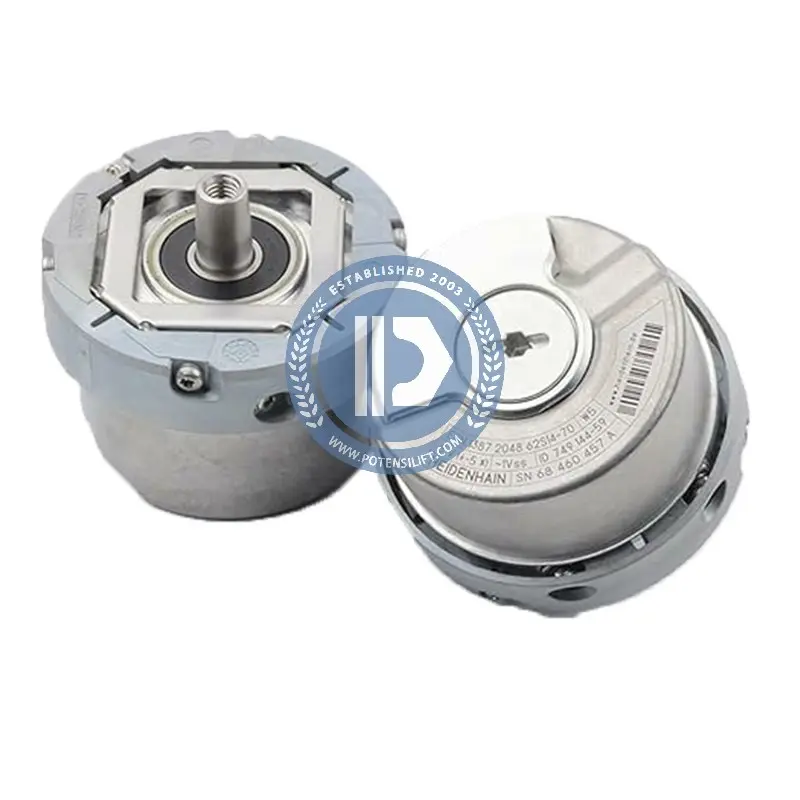
The encoder’s technical specs directly affect how accurately and reliably the elevator performs.
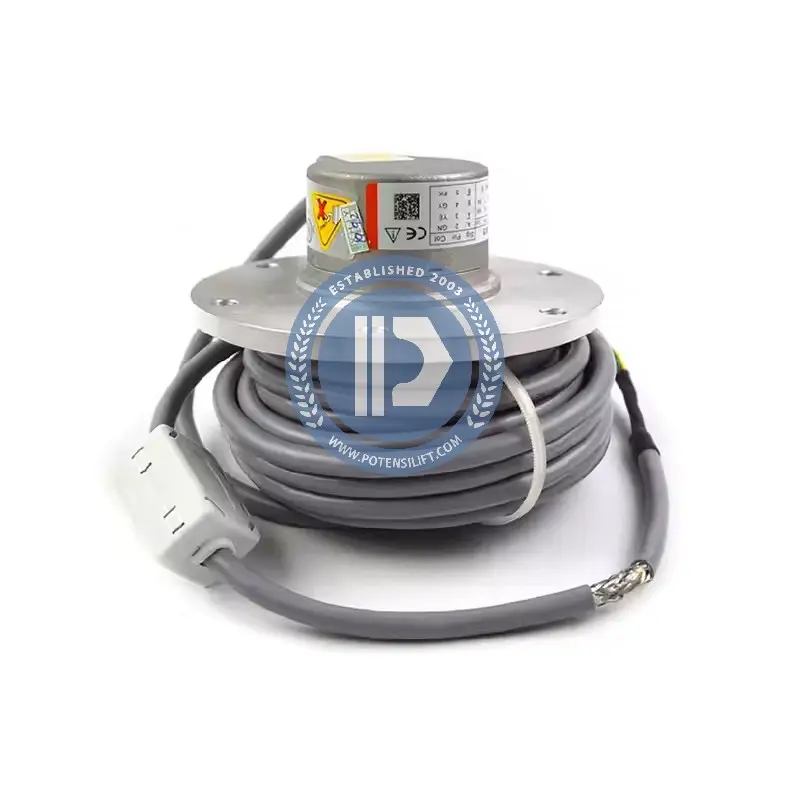
Not all encoders are created equal.
Brand Matching: Some elevator controllers work best with specific encoder brands. Using a compatible brand (such as SICK, Tamagawa, or HEIDENHAIN) can avoid integration issues.
An encoder that’s easy to install and maintain will save us time — and help avoid costly elevator downtime.

Before wrapping up, here are a few more things to keep in mind:
A faulty or mismatched encoder can cause frustrating issues like rough landings, false alarms, or unexpected shutdowns. Taking time to select the right elevator encoder not only improves safety but also makes our job easier in the long run.
At POTENSI, we offer a wide range of elevator encoders that are compatible with major brands and meet rigorous industry standards. Whether you’re upgrading, replacing, or designing a new system, our team can help you find a reliable, cost-effective solution.
① Get 10% off on your first order.
② Get latest news about our promotion products.
③ Get our sales specialist VIP service 24/7.
④ Get access to our credit payment time.
WhatsApp us
